Art of Japan and Sekka: Tranquility despite upheavals
Lee Jay Walker
Modern Tokyo Times
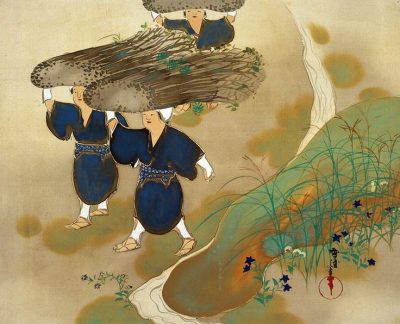
If you view the sublime simplicity of art by Kamisaka Sekka (1866-1942) then it is difficult to image the enormous convulsions that hit Japan in this period. Indeed, the lifespan of this amazing artist witnessed many revolutionary changes within Japanese society and culture. After all, the Edo period would soon be replaced by the Meiji era. Also, the nation of the rising sun would be dragged into the imperial world of Western powers because nationalism and modernization became the twin drums of domination. Despite this, the art of Sekka takes you to a different realm whereby sublime artistic simplicity appears to negate all the dramatic changes that were taking place in Japan.
In another article, I state “The artist Kamisaka Sekka (1866-1942) lived in a very dramatic period in the history of Japan. He was too young to remember the ending of the Edo Period because the Meiji Restoration occurred in 1868. Despite this, art in Japan would alter dramatically because of modernization and the increasing influence of Western art. After all, unlike the Edo Period, Meiji Japan was focused on opening-up to the outside world. The dark side of this reality is that Western colonialism throughout Asia meant that Japanese leaders also focused on aspects of the Western colonial disease, with regards to nationalism. However, overall the Meiji Revolution was just that, it altered the political, economic, industrial and other landscapes that had impacted on Japan for centuries throughout the Edo Period.”
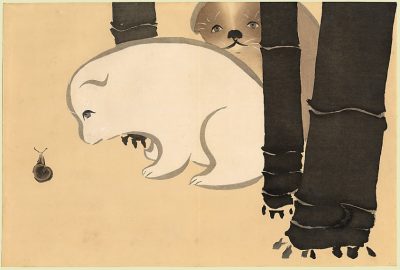
From an artistic point of view, which is a million miles away from the geopolitical ambitions of political elites in Japan, then the dynamics of the times enabled Sekka to grow enormously. Indeed, Meiji leaders desired artists to focus on Western art because this was part of the modernization campaign. However, Sekka himself decided on his own path because despite traditional Japanese woodblock printing coming under enormous pressure – and soon to become eclipsed – it is still correct to say that Meiji ukiyo-e was indeed dynamic. Therefore, the Floating World of ukiyo-e was still popular in the Meiji era despite the obvious reality that technological and social changes would eclipse this art form.
At the same time, other artists in the new Japan would focus solely on Western art. This reality meant that many notable Japanese artists would study in Paris and in other major European cities that were noted for art. Yet for Sekka he would embody the artistic dynamics of the time but based on aspects of traditional art despite also studying in Europe. Also, it is clear that the historical legacy of art and history impacted greatly on Sekka and this can be viewed when looking at his amazing artwork.
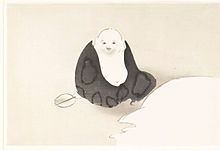
Interestingly, Sekka was born in Kyoto and clearly the power of Buddhism, architecture, culture, religious concepts embodied within Japanese gardens – and other areas related to tradition and society – will have impacted on his chosen artistic path. In truth, the Kansai region is a rich bed for Japanese high culture because of places like Koyasan, Kyoto, Nara and Negoro-ji. Therefore, the enormous economic, historical, political and social changes that occurred throughout the lifetime of Sekka – was equally matched by the old world that still ticked powerfully in certain parts of Japan.
Sekka from the outset focused enormously on the artistic traditions of Rinpa but this amazing artist was always open to new art concepts. Not surprisingly, the Art Nouveau movement impacted on Sekka when he studied in Glasgow in 1910. In this sense, just like the Paris International Exposition in 1901, both European cities enlightened Sekka to new art concepts and one can only imagine how he fused this with Rinpa.
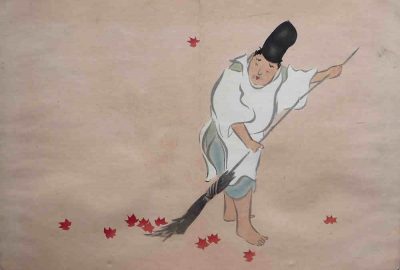
I state in an earlier article that “The combination of studying the masters of Rinpa in the eighteenth and nineteenth centuries and the trends of the West in the early twentieth century; meant that a new creative spark was being ignited within his artistic soul. Sekka also embraced the traditional dimensions of Rinpa and this applies to a broad array of areas. The upshot of this was that Sekka focused on hanging scrolls and painted screens, lacquers, ceramics, books based on woodblock-prints, and textiles.”
Overall, the artwork of Sekka belies the best of the modern world that emboldened his art but he remained firmly focused on the rich traditions of Rinpa and the power of Japanese culture. His amazing art pieces negate the reality of the political and social convulsions that would impact internally and externally. In other words, it is difficult to imagine the rapid modernization that was taking place in Japan and likewise the consequences of Japanese colonialism. Indeed, the ending of his life took place during a period of major upheaval for Japan.
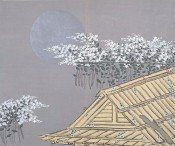
However, when viewing the art of Sekka, then all appears tranquil in this world and it appears that Japanese culture is going through a stable period. This reality says much about the sublime art produced by Sekka because one can only imagine a world based on culture and peace when focusing on his art.
http://www.vlinder-01.dds.nl/cdr/other%20art/sekka.htm

Modern Tokyo News is part of the Modern Tokyo Times group
DONATIONS to SUPPORT MODERN TOKYO TIMES – please pay PayPal and DONATE to sawakoart@gmail.com
http://moderntokyotimes.com Modern Tokyo Times – International News and Japan News
http://sawakoart.com – Sawako Utsumi personal website and Modern Tokyo Times artist
https://moderntokyonews.com Modern Tokyo News – Tokyo News and International News
http://global-security-news.com Global Security News – Geopolitics and Terrorism
PLEASE JOIN ON TWITTER
https://twitter.com/MTT_News Modern Tokyo Times
PLEASE JOIN ON FACEBOOK
https://www.facebook.com/moderntokyotimes
Some Japanese art and cultural articles by Modern Tokyo Times are republished based on the need to inform our growing international readership about the unique reality of Japan.